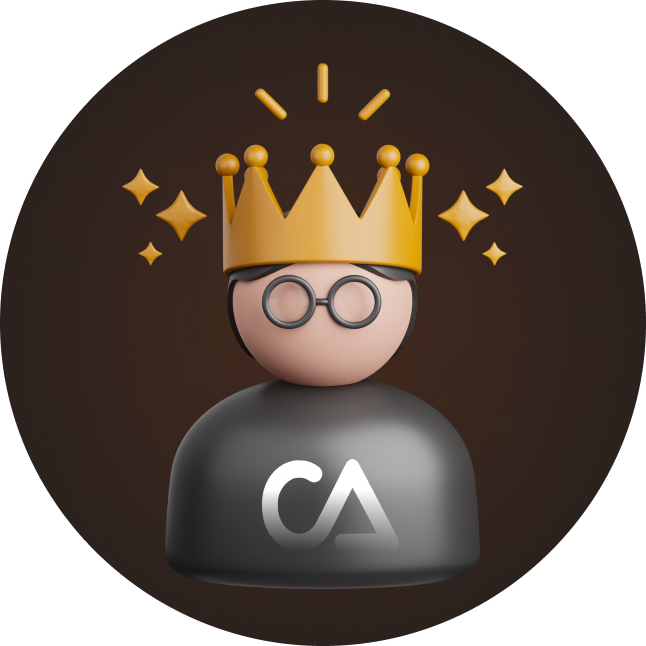bitaury.org
Blog & News

Jan 3rd 2023
Understanding Bitcoin
In August 2008, the domain name Bitcoin.org was registered. Today, at least, this domain is WhoisGuard Protected, meaning the identity of the person who registered it is not public information.2
In October 2008, a person or group using the false name Satoshi Nakamoto announced the Cryptography Mailing List at metzdowd.com: "I've been working on a new electronic cash system that's fully peer-to-peer, with no trusted third party." This now-famous white paper published on Bitcoin.org, entitled "Bitcoin: A Peer-to-Peer Electronic Cash System," would become the Magna Carta for how Bitcoin operates today.3
On Jan. 3, 2009, the first Bitcoin block was mined—Block 0. This is also known as the "genesis block" and contains the text: "The Times 03/Jan/2009 Chancellor on brink of second bailout for banks," perhaps proof that the block was mined on or after that date, and maybe also as relevant political commentary.4
Bitcoin rewards are halved every 210,000 blocks. For example, the block reward was 50 new bitcoins in 2009. On May 11, 2020, the third halving occurred, bringing the reward for each block discovery down to 6.25 bitcoins.5
One bitcoin is divisible to eight decimal places (100 millionths of one bitcoin), and this smallest unit is referred to as a satoshi. If necessary, and if the participating miners accept the change, Bitcoin could eventually be made divisible to even more decimal places.
Bitcoin, as a form of digital currency, isn't too complicated to understand. For example, if you own a bitcoin, you can use your cryptocurrency wallet to send smaller portions of that bitcoin as payment for goods or services. However, it becomes very complex when you try to understand how it works.






